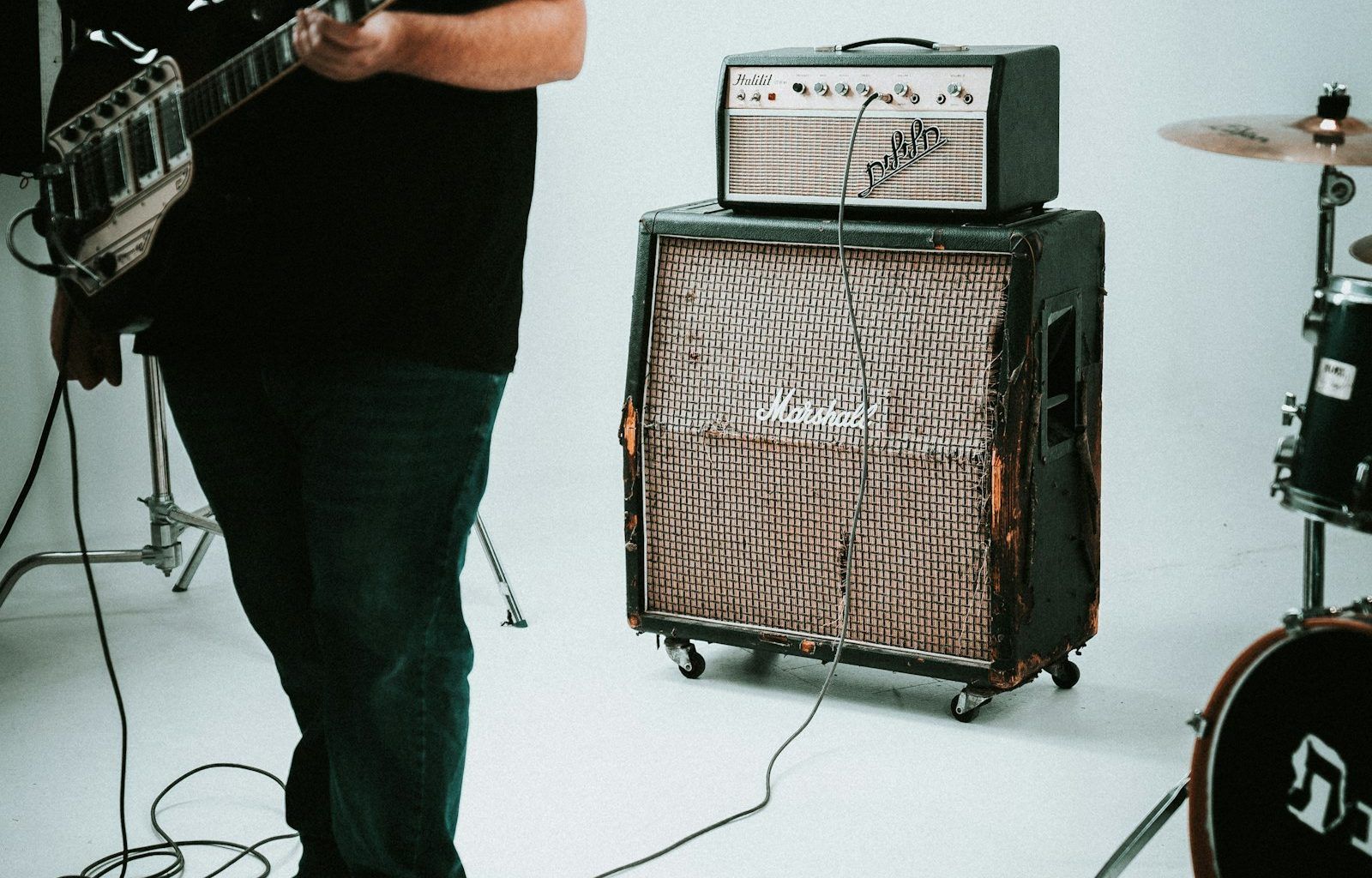Are you curious about making music but don’t know where to start? FL Studio for Beginners might be the perfect tool for you. Known for its user-friendly interface and powerful features, FL Studio has been a go-to software for musicians and producers worldwide. If you’re a beginner, don’t worry—this guide will walk you through everything you need to know to get started.
What Is FL Studio?
FL Studio, also known as Fruity Loops, is a digital audio workstation (DAW) that allows you to create, record, edit, and produce music. It’s packed with tools that make music production easier, even for complete beginners. Whether you want to make beats, record vocals, or create full songs, FL Studio has the features you need.
Why Choose FL Studio as a Beginner?
One of the biggest advantages of FL Studio for beginners is its intuitive layout. You don’t need to be a tech wizard to figure it out. Plus, it’s versatile—you can make almost any kind of music, from electronic beats to orchestral arrangements. Another big plus? It’s budget-friendly. With different versions available, you can start small and upgrade as you grow.
Setting Up FL Studio
Before diving into music production, let’s set up FL Studio on your computer.
- Download and Install: Visit the official FL Studio website and download the version that suits your needs. Follow the installation instructions, and you’re good to go.
- Choose Your Audio Settings: Open FL Studio and navigate to the audio settings. Select the correct input and output devices for your setup.
- Familiarize Yourself with the Interface: Take a few minutes to explore the interface. Look at the toolbar, playlist, and piano roll. Don’t worry if it feels overwhelming—you’ll get the hang of it soon.
The Key Features of FL Studio
Understanding the basic features of FL Studio will help you feel more confident as you begin. Here are some essentials:
- Channel Rack: This is where you’ll add and manage your instruments and sounds.
- Playlist: This section allows you to arrange your tracks and create a timeline for your music.
- Mixer: Use the mixer to balance and add effects to your tracks.
- Piano Roll: The piano roll is where you can compose melodies and harmonies.
Getting Started with Your First Track
Now that you’re familiar with the basics, let’s make some music!
Step 1: Choose a Beat
Start by opening the channel rack and selecting a drum sample. FL Studio comes with a variety of pre-loaded sounds, but you can also import your own. Click on the steps in the channel rack to create a rhythm.
Step 2: Add a Melody
Next, open the piano roll and add a melody. Don’t overthink it—just play around with the notes until you find something that sounds good. You can use your mouse or a MIDI keyboard.
Step 3: Arrange Your Song
Move to the playlist section to arrange your beats and melodies. Drag and drop your patterns to create an intro, verse, and chorus.
Step 4: Mix Your Track
Open the mixer and adjust the volume levels of each track. Add effects like reverb or delay to enhance your sound. Experiment until you’re happy with the mix.
Step 5: Export Your Song
Once you’re satisfied, export your track. Go to File > Export and choose your preferred format. MP3 and WAV are common options.
Tips for Success in FL Studio
- Practice Regularly: The more you practice, the more comfortable you’ll become.
- Use Tutorials: FL Studio has a vast online community. Take advantage of tutorials to learn new techniques.
- Experiment: Don’t be afraid to try new sounds and ideas.
- Save Frequently: Always save your project regularly to avoid losing your work.
Common Mistakes to Avoid
- Skipping the Basics: Take time to learn the interface before diving in.
- Overloading Your Project: Keep it simple when you’re starting.
- Ignoring the Mixer: A good mix can make or break your track.
Expanding Your Skills
Once you’ve mastered the basics, consider exploring advanced features. Learn about automation, layering sounds, and using plugins. FL Studio is a powerful tool, and the possibilities are endless.
Why FL Studio Is Great for Beginners
Many famous producers started with FL Studio, and for good reason. Its accessibility, combined with professional-grade tools, makes it a great choice for beginners. Plus, it’s fun to use. You’ll find yourself spending hours experimenting with sounds and creating music.
Final Thoughts
Starting with FL Studio as a beginner can feel overwhelming, but don’t let that stop you. Take it one step at a time, and remember to have fun. With practice and patience, you’ll be making music that you’re proud of in no time. So, download FL Studio, and start your music journey today!
For further reading, explore these related articles:
For additional resources on music marketing and distribution, visit DMT Records Pvt. Ltd..






